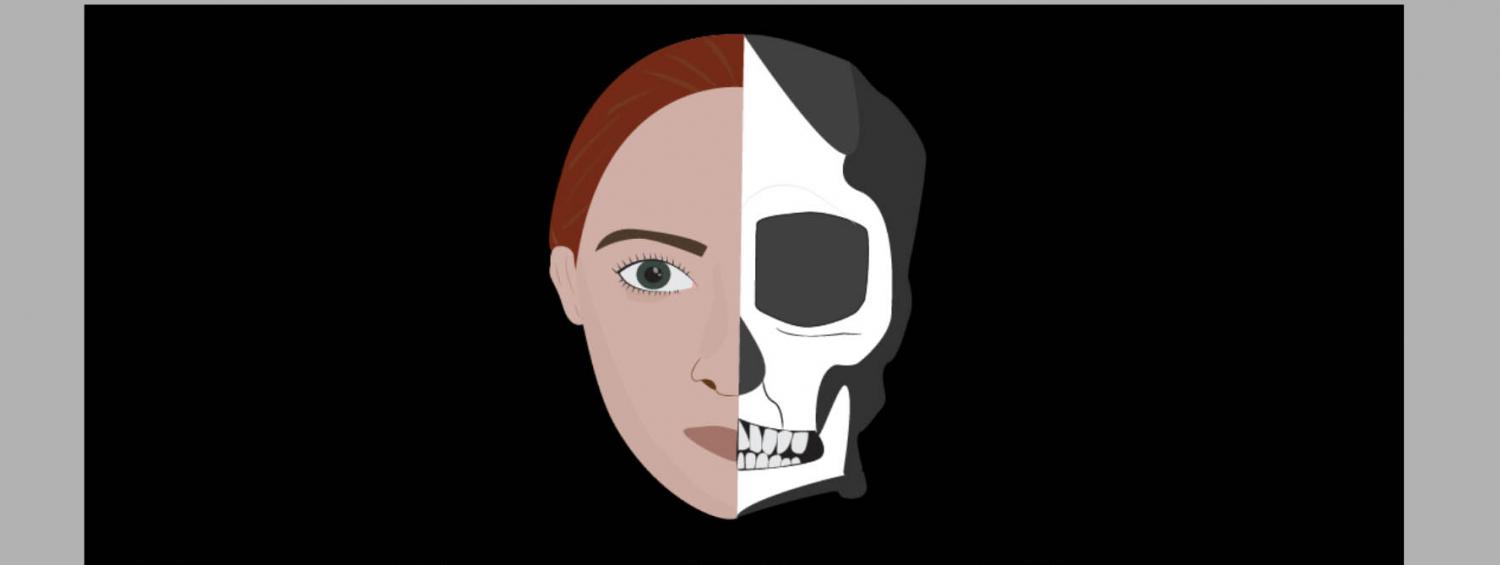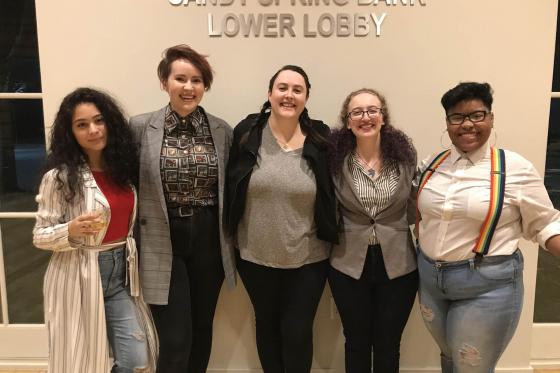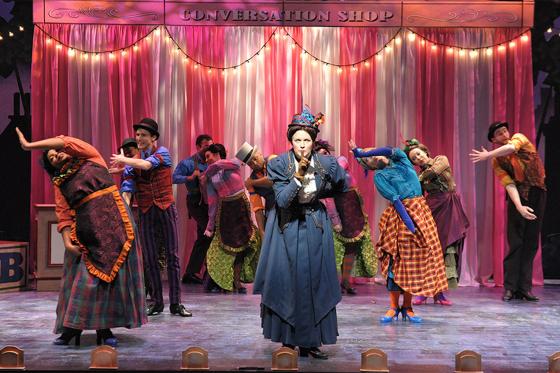After the Coronavirus outbreak, the 2019-2020 class of apprentices got together to design a “play-on-paper” version of Hamlet with an all-female and non-binary cast as a replacement to their canceled capstone projects. In July, Hannah Ensign (education apprentice) and Sarah Kiker (dramaturgy apprentice) who directed the original project, turned the play-on-page into a 60-minute virtual adaptation of Hamlet titled “Frailty, Thy Name” for the Great Salt Lake Fringe Festival. In this blog post, Sarah Kiker discusses the process of creating theatre for online performances.
Ah, Zoom: the new landscape theatre artists are learning to traverse during the Coronavirus outbreak. If there’s one thing I’ve learned through months of Zoom fatigue, it’s that video-conference performance is not a substitute for live theatre, but something else entirely. The experiences of creating, rehearsing, and watching theatre on Zoom are so different from the energy of a live, in-person performance. Thinking about these two environments as entirely separate places helps me view online theatre as less of a compromise and more as an opportunity to be creative, adapt, and discover stories that are relevant to our current circumstances.
In our pitch to the Great Salt Lake Fringe, Hannah and I wrote that one of our goals for Frailty, Thy Name was to “bring the themes of Hamlet into the exact moment we live in now by emphasizing disconnection and alienation. In this adaptation, the characters are always understood to be in different physical locations and speaking to each other as we do now: mediated through technology.” Our adaptation was conscious of the platform it was on, and that created several challenges and possibilities.
For example, as Hamlet travels down the path of revenge in the original play, he becomes more and more emotionally isolated from the people in his life. In Frailty, Hamlet (they, them) is constantly alone in their room, filming video diaries for no one, and only speaking to their family and friends through video calls. In that context, Hamlet’s isolation became very familiar. Additionally, we were able to take moments where characters spy on each other and use technology to bring those ideas to the forefront. For the famous, “to be or not to be” scene, we used the screen-share feature to show Claudius snooping through Hamlet’s laptop and stumbling upon a moment of vulnerability. One of the cleverest tricks we came up with was making it look like Gertrude was just outside Hamlet’s room by having Lisa Buch (Gertrude) stand beside her closet door and Mackie Raymond (Hamlet) stand beside their bedroom door. The “hide non-video participants” Zoom feature became key to our ghosts’ appearances.
These moments of clarity were surrounded by moments of questioning “how can we make this work?” At the end of the day, we were still trying to take a square peg (Shakespeare) and fit it through a round hole (Zoom theatre). How were we meant to resolve a Shakespearean tragedy where everyone stabs or poisons each other at the end when no one could be in the same room? For Frailty the answer turned out to be pretty obvious: They don't. But that’s where Frailty really went from a shortened version of Hamlet to something else entirely.
One of the things I love most about the theatre community is its determination to adapt, accommodate, and transform. When Hannah and I started reaching out to our friends and friends of friends to cast our virtual adaptation, we were uniformly met with a positive, excited, and curious response. The creative energy and problem solving our cast, designers, and stage management brought to this project was astounding. From the day we were accepted by the festival on July 2 to our last day of rehearsals on August 1st, we went from zero to a full Zoom production. I will forever be grateful for that group’s ability to roll with technical difficulties, adapt to changes, and adjust to the platform.
Theatre on Zoom doesn’t feel like theatre in a lot of ways. First of all, the cast of Frailty, Thy Name had to act toward a small black dot on their computer screen. When the performance was over, the Zoom call ended without any sort of curtain call and just a notification announcing: “the host has ended the meeting”. There was no way to gauge the audience’s reaction or really even know who was watching. Hannah and I watched opening night from the Crawford porch in our PJs. The lack of in-person interaction with the audience is, without a doubt, the biggest drawback to Zoom theatre.
On the other hand, theatre on Zoom is thrilling in several ways. Besides the fact it’s one of the only ways we can do theatre during this time, it’s also a place to experiment with different kinds of performance that feel relevant to the realities of the pandemic. The platform is also much more accessible. Early career theatre artists like Hannah and I have more opportunity to create theatre since all it takes are a few friends and a video-conferencing platform. As we continue to explore this online landscape, I have no doubt theatre artists will learn to turn this platform into something new and exciting.
Box Office: 301.924.3400
Open Wednesday - Sunday: 12:00 PM - 6:00 PM






